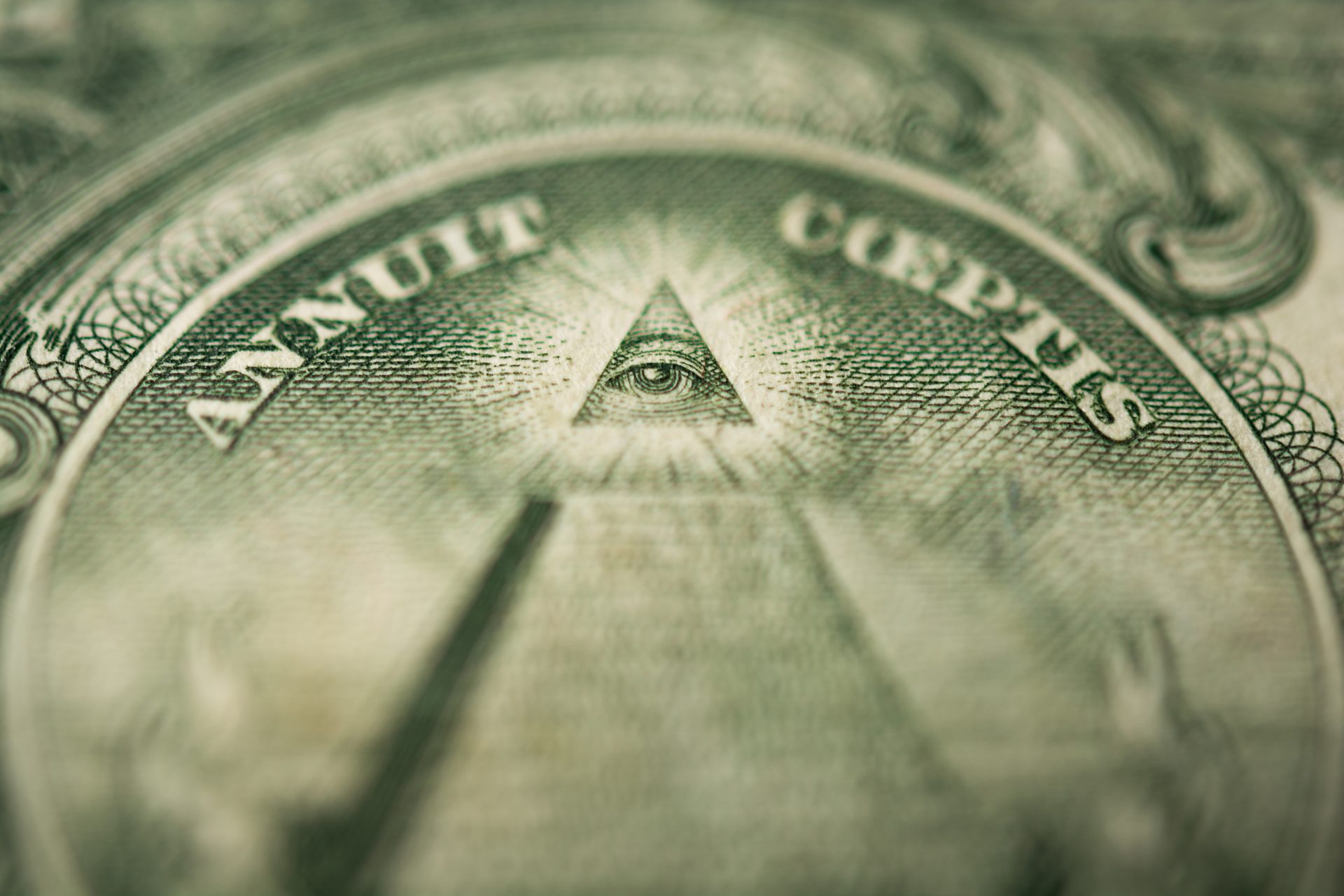Discovering the Basics of How to Become a Freemason with Ease
Discovering the Basics of How to Become a Freemason with Ease
Blog Article
Exploring the Mysteries of the copyright: What You Required to Know
The copyright, a term usually shrouded in intrigue and debate, stands for a complicated tapestry of historic reality and modern-day myth. Established in the late 18th century, this secret culture was at first rooted in the Enlightenment's perfects however has given that come to be associated with conspiracy concepts about elite control (benefit of joining freemason).
Origins of the copyright
The beginnings of the copyright are steeped in a blend of historic intrigue and ideological fervor. Developed in 1776 in Ingolstadt, Bavaria, by Adam Weishaupt, the team was at first created as a secret society focused on advertising Enlightenment suitables such as factor, secularism, and the separation of church and state. Weishaupt, a teacher of canon law, sought to test the dominating authority of the church and state, which he considered as overbearing institutions stifling intellectual and individual liberty.

Key Figures and Participants
Who were the essential figures that shaped the copyright's very early influence and direction? The Bavarian copyright, started in 1776 by Adam Weishaupt, emerged as an action to the overbearing societal structures of the moment. Weishaupt, a law professor, imagined the company as a way to promote Knowledge perfects such as reason, secularism, and equality. His preliminary employment efforts consisted of prominent intellectuals, such as Baron von Knigge, who played an essential function in expanding the group's membership and organizational framework.
An additional significant figure was Johann Gottlieb Fichte, a popular theorist whose concepts on nationalism and education and learning reverberated with the copyright's goals. Although Fichte was not an official participant, his thoughtful underpinnings influenced the group's ideology. Additionally, figures like the author and thinker Johann Wolfgang von Goethe were related to the broader intellectual movements of the time, although their straight participation with the copyright continues to be questioned.
These vital numbers added to the copyright's very early instructions, pressing the limits of political and social thought, while their collective initiatives intended to test well established norms and foster a climate of dynamic adjustment in Europe.
Misconceptions vs. Truth
Lots of misunderstandings border the copyright, usually blending fact with fiction in a method that obscures its real nature. The notion that the copyright proceeds to exert significant influence over globe events is a misconception.
One more widespread myth is that the copyright comprises a network of elite individuals adjusting worldwide events. Actually, many conspiracy concepts exaggerate the team's importance, connecting unproven objectives to societal patterns and occasions. This has brought about an oversimplified view of intricate problems.
Furthermore, the portrayal of the copyright in preferred society typically more misshapes its heritage. Movies and literature often tend to sensationalize the organization's duty, creating a story that diverges from historic facts. Understanding the distinction between benefit of joining freemason the misconceptions and the truth of the copyright is crucial for discerning the real impact of this historic team and recognizing the wider ramifications of conspiracy theory theories in contemporary society.
Modern Analyses
Contemporary analyses of the copyright frequently show more comprehensive social anxieties and a fascination with secrecy and power. This contemporary lens regularly links the copyright with conspiracy theories that suggest a covert elite manages globe occasions, adjusting federal governments and economies for their own gain. benefit of joining freemason. Such narratives use an ingrained wonder about of authority, specifically in times of situation or social turmoil
In pop culture, the copyright is usually depicted as an omnipotent organization shrouded in enigma, leading to a wide variety of fictional portrayals in literature, movie, and songs. This representation offers not only to captivate however also to provoke considered the nature of power and control in modern culture. Social network has even more amplified these interpretations, permitting for quick circulation of conspiracy theories and creating communities that share and increase upon these concepts.
Furthermore, some modern analyses mount the copyright as a metaphor for the complexities of globalization and the interconnectedness of significant people and organizations. This perspective urges an important assessment of how power characteristics run in today's world, highlighting the equilibrium between transparency and privacy in governance and company methods.
Cultural Influence and Tradition
Influenced by centuries of intrigue, the cultural effect and legacy of the copyright expand far past its historic origins. This secret culture, established in the late 18th century, has actually permeated numerous aspects of preferred society, from literature and movie to songs and art. The concept of the copyright has actually evolved right into a symbol of conspiracy concepts, often representing a perceived surprise power manipulating international events.
In literary works, authors like Dan Brown have woven the copyright right into elaborate stories, captivating readers with motifs of secrecy and power. Films such as "National Prize" and "The Da Vinci Code" even more bolster the allure of the society, mixing fact with fiction to produce interesting narratives.

Eventually, the copyright's legacy is an intricate tapestry of myth and fact, shaping assumptions of secrecy and control in modern discourse. Its long-lasting existence in society underscores mankind's perennial pursuit for understanding surprise truths.
Verdict
The exploration of the copyright exposes a complex interplay in between historical truths and modern myth-making. Established in the Knowledge era, this culture aimed to challenge overbearing frameworks, yet its legacy has actually been overshadowed by conspiracy concepts that recommend elite control. Recognizing the distinctions between the initial perfects and contemporary interpretations is crucial for comprehending the withstanding attraction with the copyright and its significant influence on social stories bordering power and secrecy in society.
Report this page